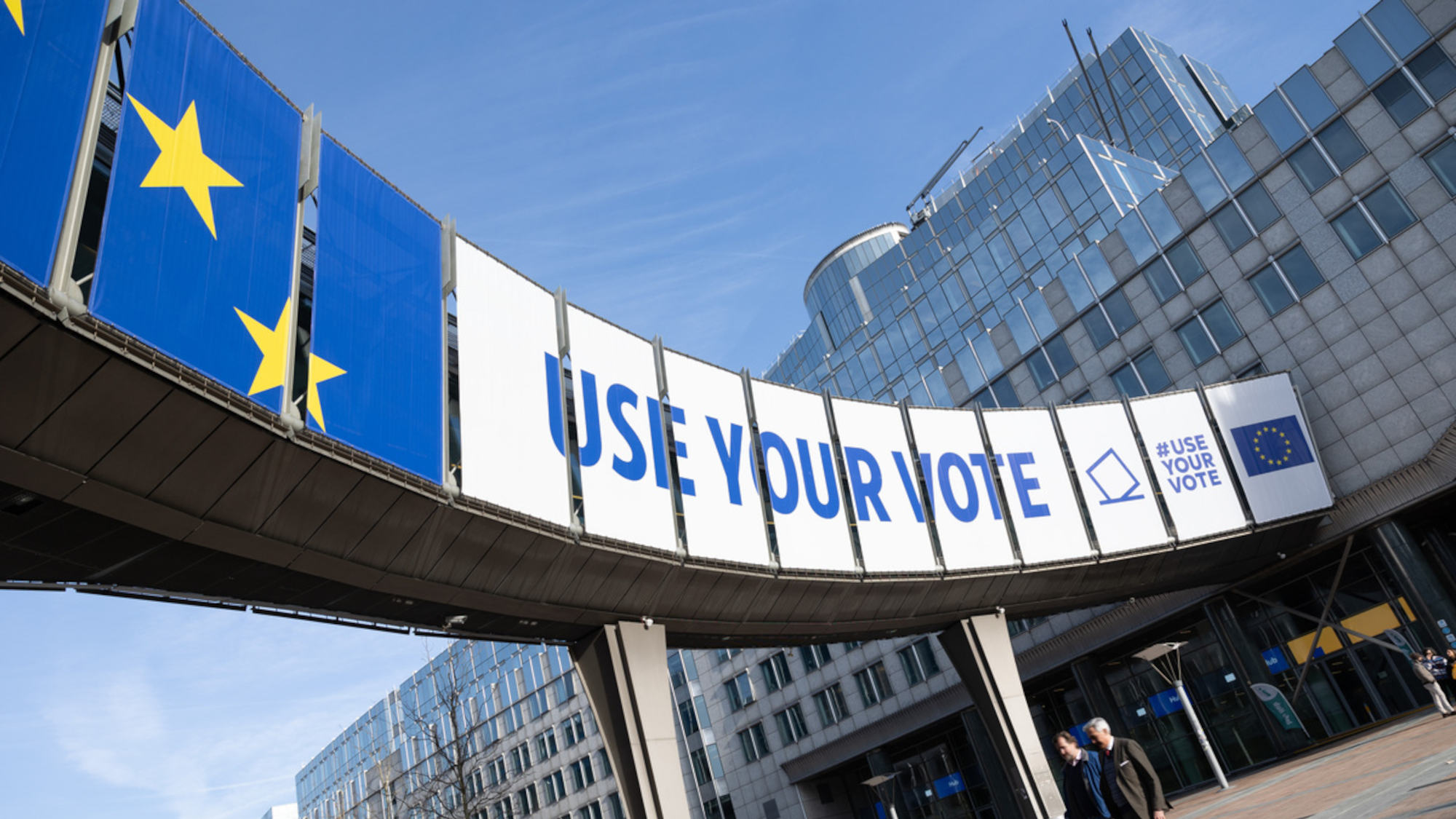
© European Union 2024 - Source EP
The Many Types of European Populism
Interview with political scientist Dr. Seongcheol Kim
Populism, nationalism, right-wing extremism – in the run-up to the European elections people often confuse these terms, says political scientist Dr. Seongcheol Kim. In an interview with up2date, he explains why not only right-wing extremists are populists and which types of populism exist in Europe.
Mr. Kim, in the run-up to the European elections, we often hear that populist parties are on the rise. Do you agree with this theory?
Radical right-wing parties in particular are on the rise. In many countries, ethno-nationalist thinking is gaining popularity, especially in regards to the debate of the so-called “mass immigration.” The upcoming European elections will show whether the radical right will overtake the liberals as the third strongest force in the European Parliament. According to the latest predictions, this is a very real possibility. When populist parties are mentioned in public discourse, the term often refers to parties on the far right. This lack of differentiation is problematic, as populism and far-right politics are by no means synonymous.
What is populism anyway?
In academia, there are various definitions. Most of these agree that populism creates an antagonism between the people on the one side and a powerful elite on the other side. Populism is primarily about constructing collective identities: we the people versus those at the top. If you understand populism in this way, it can take very different forms and be aligned with the political right, but also with the center, or the left.
Are populist parties inherently anti-democratic?
Some researchers argue that populist initiatives and parties are authoritarian and anti-democratic because they claim to be the only ones representing the people: Only we truly represent you, the established parties are traitors to the common people. However, I would contend that populism is primarily a form of argumentation: A powerful elite rules over the heads of the people and must be removed. This may well apply to democratization movements in dictatorships, for example.
Which parties in Europe do you consider to be populist?
It is difficult to answer this in such a generalized way. This is because many parties use populist arguments at certain times or on certain occasions, but hardly at others. Syriza in Greece, Podemos in Spain, and France Insoumise are often cited as examples of left-wing populism. The DiEM25 movement (Democracy in Europe Movement) could also be cited as an example of transnational populism from the left. It was founded by former Greek finance minister Yanis Varoufakis in 2016 and ran in the European elections for the first time in 2019. The party understands itself as a pan-European, progressive group that aims to radically democratize the EU. It believes there is a contrast between political and economic elites and the “European people,” they want to strengthen. ANO, the party led by entrepreneur Andrej Babiš, which opposes “traditional politicians” and parties, could be cited as a populist center party. The AfD also sometimes uses populist arguments, such as in the 2017 Bundestag election campaign. There, it argued that Germany was secretly ruled by an oligarchy that was controlling politics and the media.
In the run-up to the European elections, hardly any lead candidates are known. Is this a problem for populist parties?
Populist parties are often thought of as relying on strong leaders. However, this is by no means the case for all of them. Just think of movements such as Querdenken Deutschland, the Indignados in Spain, or Occupy Wall Street. They all have a populist approach, without well-known leaders. Even parties such as the AfD do not necessarily have one strong, unifying leader. However, relying on lead candidates and making them known before elections does not necessarily have to be linked to a populist agenda. In 2014, the Spitzenkandidatur system (or lead candidate process) was introduced for the European elections: Each pan-European political group now runs with its own lead candidates. The idea behind this was to bring the elections closer to the people. In some cases, well-known lead candidates had a mobilizing effect, such as Frans Timmermans for the Dutch Social Democrats in the 2019 European elections. In the upcoming elections, however, most of the lead candidates, except for Ursula von der Leyen, who is running for re-election as Commission President, are not very well-known personalities.
What aspects of populism would you like to investigate in the future?
One of the things that I am interested in is what imitation effects the successes of certain populist parties in Europe have had. To what extent do others adopt rhetorical elements, campaign strategies, and even the corporate design of these parties? It could be argued, for example, that the Spanish left-wing populist Podemos party had a major influence on other parties in Central and Southeastern Europe. Very little research has been devoted to these connections, and I would like to fill this gap.
Profile:
Seongcheol Kim has been an adjunct lecturer in the field of political science at the University of Bremen since 2023 and is co-leading a DFG project on new forms of party organization at the interface of populism and radical democratic protest politics. His introductory volume “Populismus? Frag doch einfach!” (Populism? Just ask!) will be published shortly.